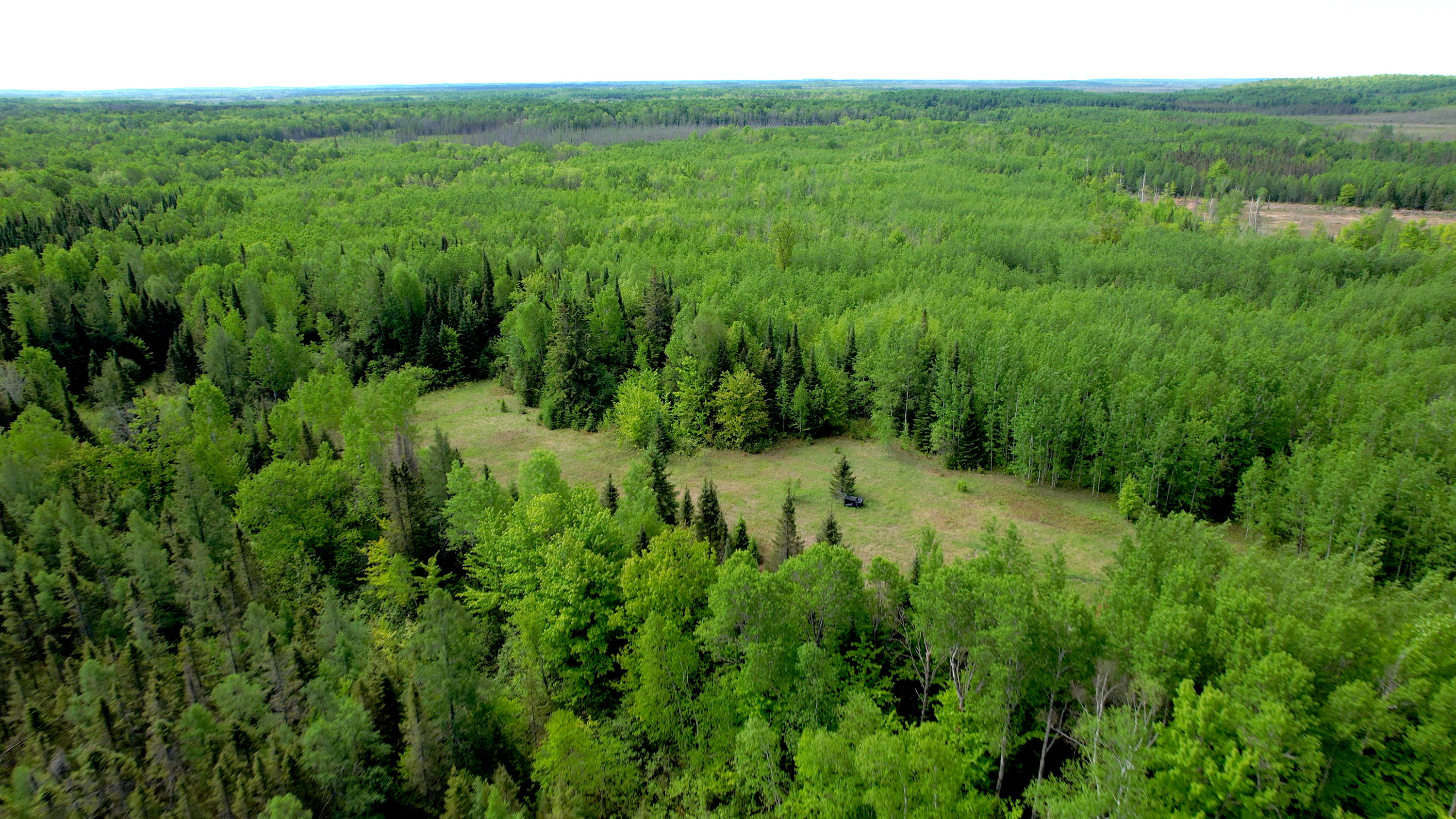Protecting Our Elders: Fond du Lac Band
Fond du Lac doesn't manage their forests, they're in relationship with them — a relationship that is foundational to their culture and ways of life.
The Fond du Lac Band of Lake Superior Chippewa have a historic relationship with the forest that has spanned many generations.
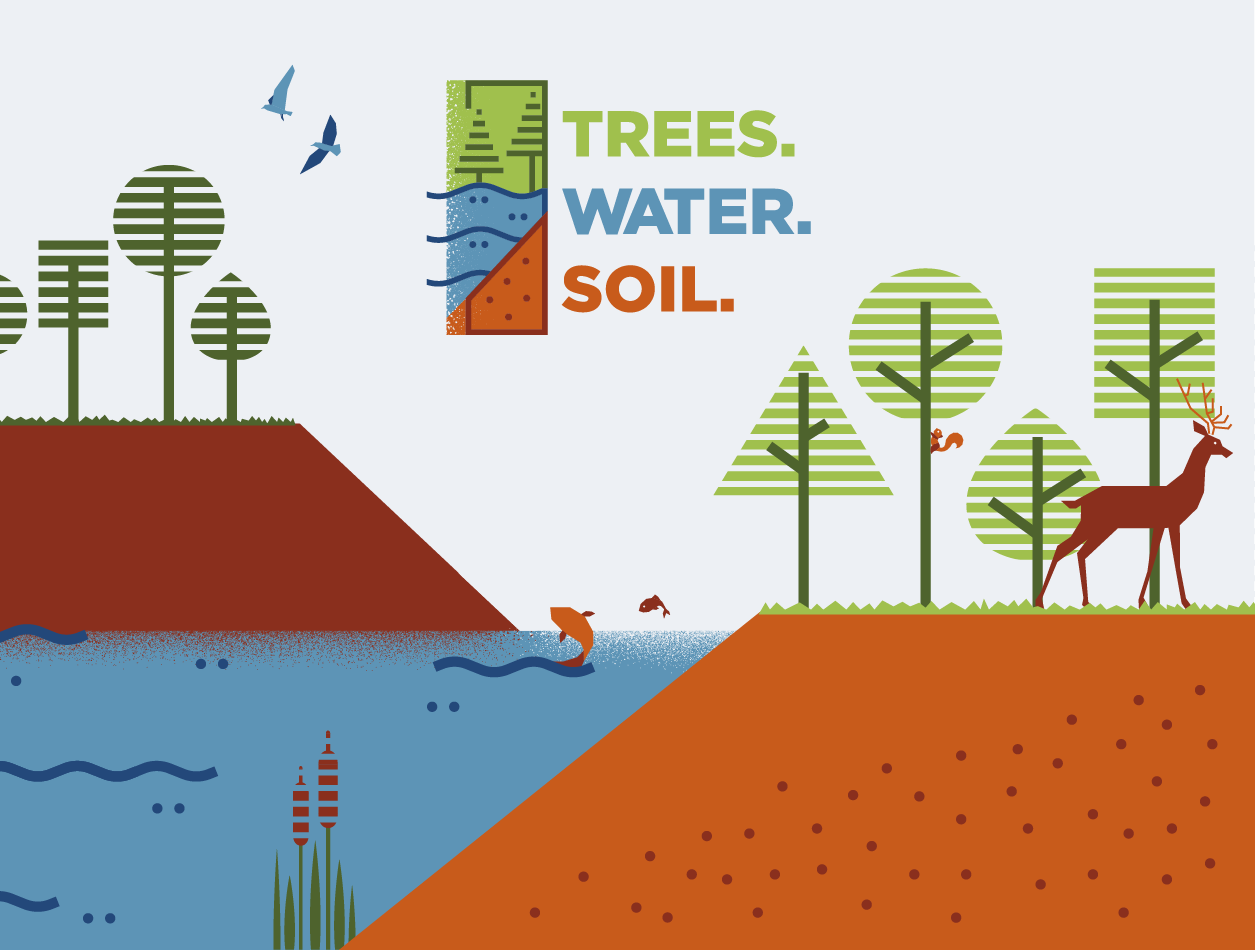
Their approach to the land is based in the concept that trees and other plants preceded humans in the order of creation. As Chairman of the Fond du Lac Band Kevin DuPuis puts it, “We can’t assume that we manage the forest and trees. We’re in relationship with them.”
It’s personal for DuPuis and for other members of the Fond du Lac Band. “This land is part of my being,” he says, “every part of my being. It’s a birthright, and it’s part of the natural world. If we don’t have woods, fish, wildlife and rice, we cease to exist as a people. It’s about our culture and identity. It’s hard for people to understand that, but where our rice beds are—the plants, the animals, the medicines, the trees themselves—that’s us as a people.”
As an expression of their relationship with the land, the Fond du Lac Band act as stewards, with responsibilities not only to plants and animals, but also to their ancestors. DuPuis underscores that there is no distinction between the Tribe and its land.
Quote: Kevin DuPuis
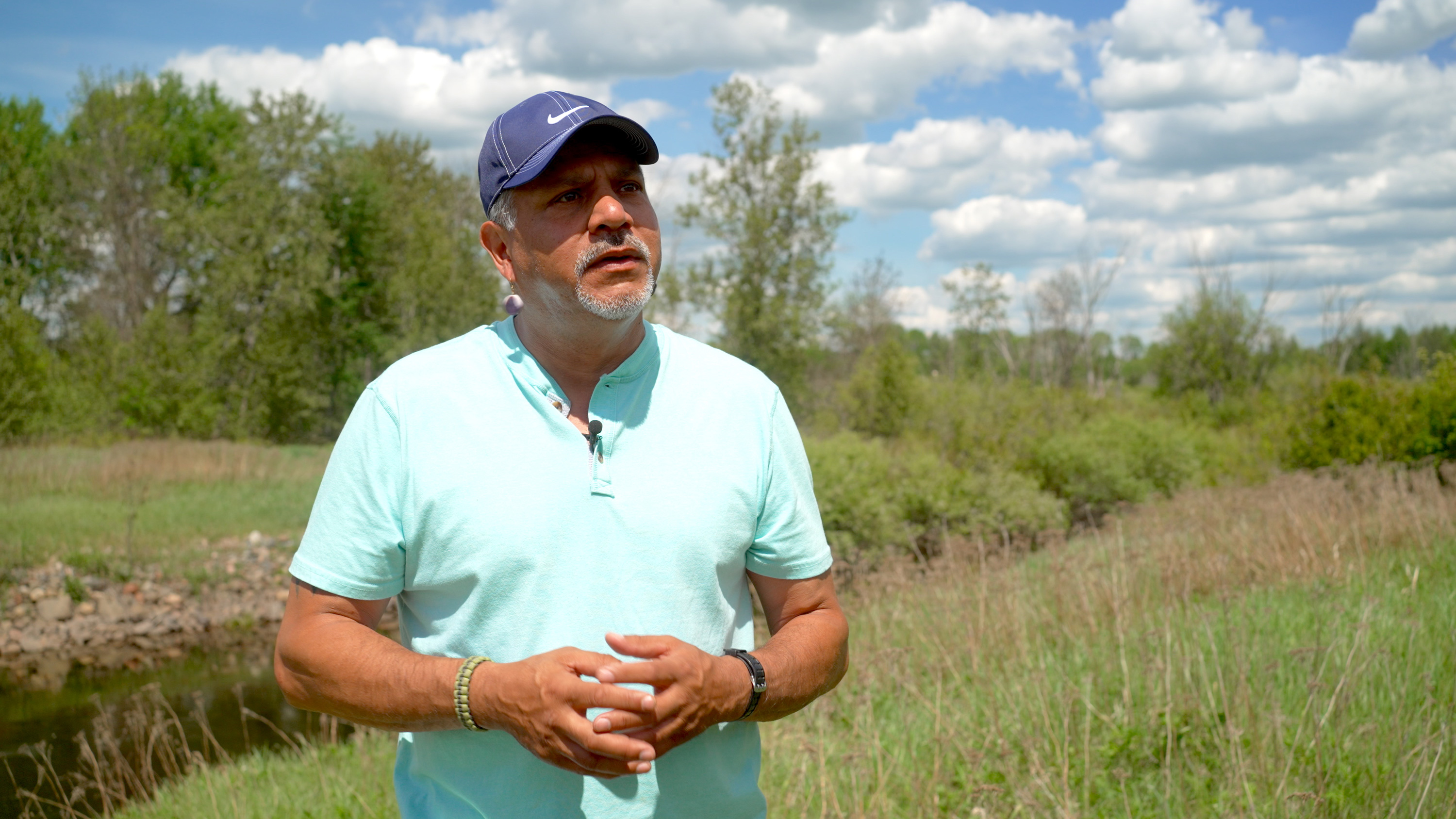
Climate change has the ability to separate us from our culture.
“If we don’t use what the creator gave us—I’m talking about our trees—they will go away,” he says. “If we stop using the ash trees, the ash will go away.” The Band’s cultural identification with the natural resources is threatened by, among other things, non-native species that are entering the region due to climate change. For example, opossums, which are not native to the area, have been found within 30 miles of the area due to climatic changes affecting their habitat. They can negatively affect bird populations by feeding on their eggs. Beavers are also shifting their habitat and nearing Tribal lands; if they enter the area, they will have profound effects on tribal ecosystems.


“Here’s what that means for us,” DuPuis says. “No birch: no winnowing baskets or mukuk. No ash: no toboggans or sleds or snowshoes. Climate change has the ability to separate us from our culture.”
Climate change is also having an adverse impact on the trees in the Fond du Lac Band’s forest. According to Christian Nelson, a forester for Fond du Lac and one of more than 40 employees of the Band supporting resource management, the tribal land is situated on the southern edge of the boreal forest. Being so close to an ecosystem boundary makes it more vulnerable to climate change. “The majority of the [tree] species are going to be at risk to climate change and will fare worse in a warming climate.”
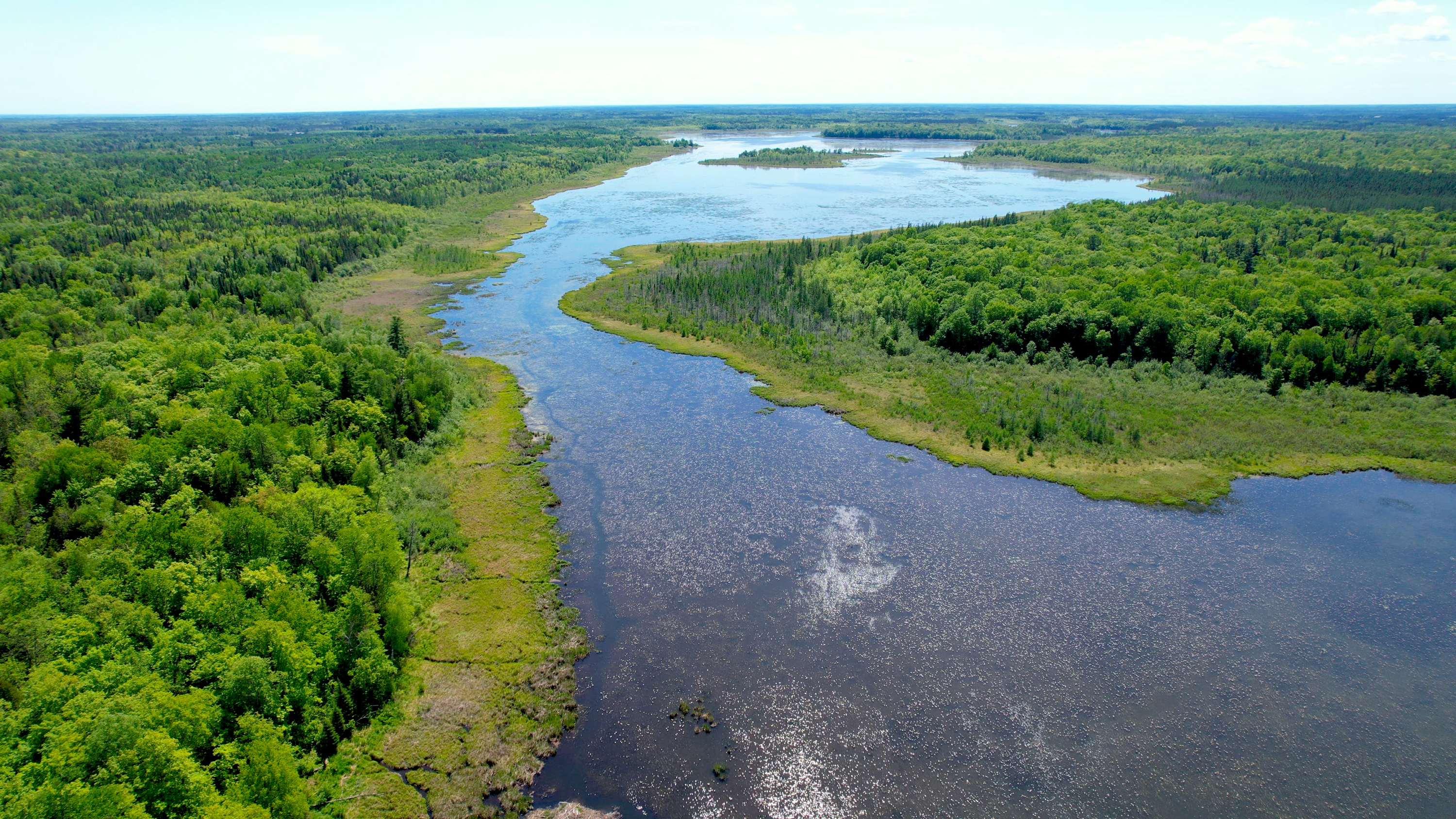
Nelson explains: “The trees and saplings are under more stress; seedlings and saplings are failing to regenerate. We’re taking an active role in trying to diversify our forests and plant species so that they’ll be more resilient in the face of climate change. It’s important to note that when you’re talking about Indian Country and climate change, Fond du Lac’s borders are fixed. We can’t move unless our boundaries are redrawn.”
In 2007, the Fond du Lac Band signed on to the Kyoto Protocol and agreed to reduce their carbon emissions by 20%. As part of their efforts to achieve that goal, they drafted a strategic energy plan that also promotes community vitality, self-reliance and sustainable development on the reservation. Since 2007, the Band has built a solar array with 3,230 panels producing 1.2 GWh of energy each year. They’ve also installed a biomass heating system that reduces the use of fossil fuels by 13,000 gallons a year, and, on average, prevents 85 tons of carbon dioxide from entering the atmosphere each year.
In July 2020, the Fond du Lac Band approved a forest-based carbon sequestration project. The project, which is being led by the National Indian Carbon Coalition (NICC) and developed as part of the Tribal Land Conservation Initiative, covers over 9,000 acres of tribal forest land and will sequester more than 77 metric tons of carbon dioxide equivalent per acre. Under the Fond du Lac Band’s agreement with the NICC, the land will be dedicated to carbon sequestration for 40 years.
NICC helps tribes with carbon sequestration projects. These projects reduce greenhouse gases by removing them from the atmosphere. In forest-based projects, new management regimes allow the trees, other forest plants and the soil to sequester and store more carbon than they otherwise would have. The owners of this land can quantify and sell the reduction in greenhouse gases as credits to buyers who want to offset their emissions. The credits are verified through a third party using the Improved Forest Management methodology of the American Carbon Registry. The project could generate as much as $4 million in total, revenue the Fond du Lac Band will use to finance additional investments in renewable energy and climate change mitigation.


In addition to the carbon project, the Fond du Lac Band manages other forestland on which they promote sustainable forest management practices that help protect and encourage forest regeneration. As Nelson explains, the plan is to “diversify forests to regain species that have declined; increase species that are of particular value to the Fond du Lac Band, such as paper birch and sugar maple; add species that will do well in a changing, warming climate; and diversify the age demographics of Fond du Lac's forests.”
Want More Stories?
Get new stories and timely action alerts so you can speak for our trees, water and soil.
Sign up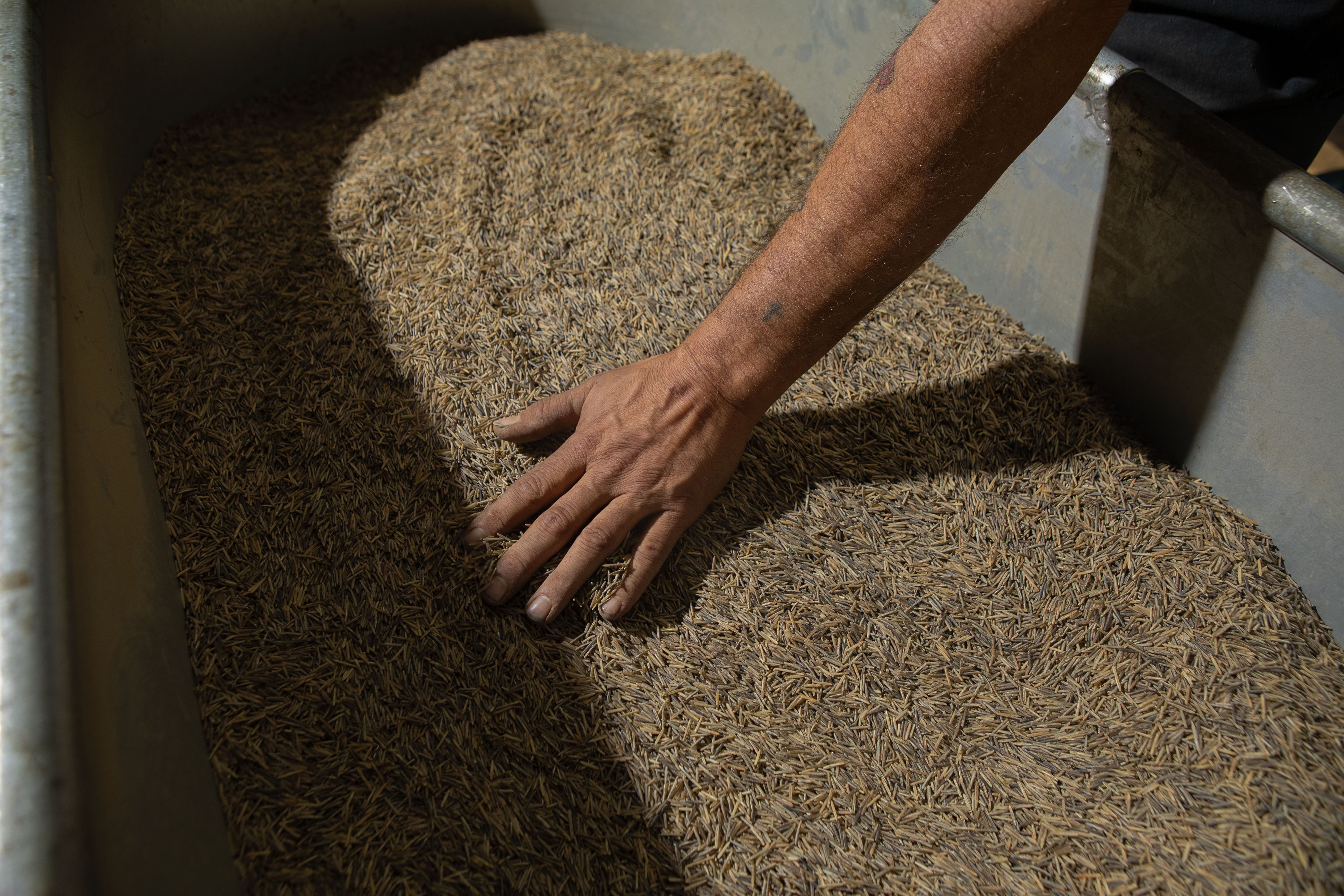
Fond du Lac is especially worried about its black ash forests, which are threatened by the invasive emerald ash borer. Ash trees have cultural significance and, according to Nelson, are needed to protect the Band's manoomin (wild rice) lakes from potential hydrological changes that may occur if ash trees are lost. “The Tribe’s forestry program’s ultimate goal is to keep Fond du Lac's forests diverse and resilient for the benefit of Band members, wildlife, water quality and the climate—today and into the future," he explains.
A long-term view is a key part of the Fond du Lac Band’s approach to land stewardship. “We have to find ways to adapt,” DuPuis explains. “We can’t reverse climate change. We may be able to slow it down, but we can’t reverse it. We don’t get to flow with it like we did with the Ice Age. This isn’t something that’s only happening with the Tribe. It will affect everyone. But as long as we’re in these borders, we’ll do everything we can to have a future for our next generations.”
